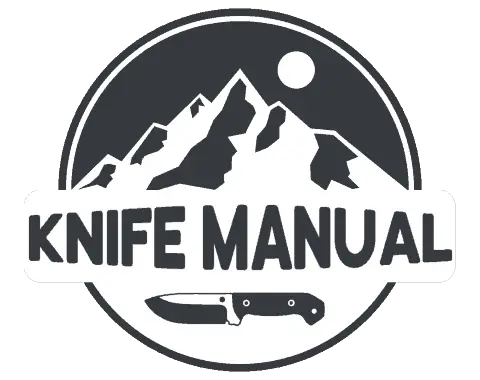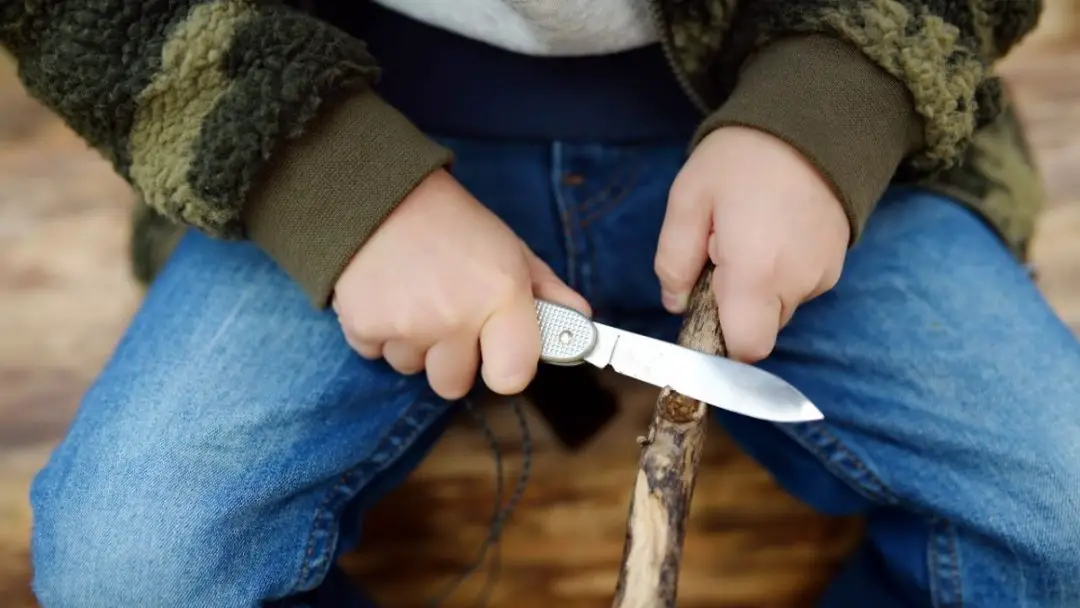
The vast majority of people who have used a pocket knife on a regular basis can attest to just how useful they are in everyday life. However, there are times when it seems like there are no uses for a pocket knife and you start to wonder if they are even useful at all. So what exactly are pocket knives used for?
Pocket knives are very useful and versatile tools that have many uses. While their primary use is to cut and slice, there are a variety of other ways you can use a pocket knife in everyday life. Pocket knives are often useful at the most unexpected times and for the weirdest tasks.
Since I was very young I have carried a pocket knife around with me almost everywhere I go. They are just so extremely useful and versatile and as soon as I put mine down for a day, I immediately begin to miss it.
However, it is possible that you are not using your pocket knife to its full extent and missing out on some common tasks that are made easier using a knife. While some of them might be obvious, I hope that there are some gems in here that help you use your pocket knife to its fullest and get the most use out of it.
With that being said, I hope this article can answer questions regarding what pocket knives are used for once and for all. Below are some ways that you can use your pocket knife effectively in everyday life to make some tasks and chores just a little bit easier and more convenient.
Table of Contents
1. Open a Package
While opening a package with a knife might seem a little bit obvious, it is also a very important function of a knife. Packages are often taped shut pretty tight, and opening them would be a real pain without a sharp blade to slice through the packing tape.
If the package is a regular box with tape keeping the top closed, you can effectively and cleanly open it up by running your blade along the top of the box along the seam of the lid flaps. Next, hold your knife horizontally and slice the remaining tape from both ends of the package. By now, you should have cut all of the pieces of tape that are holding the package closed which should allow you to open the box.
2. Sharpen Pencils
It is always really annoying when you are using a pencil and the lead breaks. But what is even more annoying is when you can’t find a pencil sharpener. Luckily, you can just whip out a pocket knife and easily sharpen your pencil in a matter of seconds so that you can continue writing with little interruption.
To sharpen a pencil with your pocket knife, simply hold the pencil with the point facing outward in your non-dominant hand and have your knife in your dominant hand. In short and controlled motions, take your blade and carve the end of your pencil into a point. Turn the pencil around as needed so that you can reach all of the angles so that you have a symmetrical and pointy pencil that is ready to go.
3. Cut and Peel Fruit
Not only is it really handy to cut and peel fruit with a knife, but it makes you look cool as well. This works really great for any fruit you would cut anyways with a kitchen knife, but you can just cut it with your pocket knife and eat it straight from the blade.
To safely and smoothly cut and/or peel fruit with your pocket knife, hold the fruit in your non-dominant hand and your knife in your dominant one. Using slow and controlled movements, slice off pieces of the fruit or peel the fruit with your knife. You can then either fork the sliced fruit straight into your mouth from your knife blade, or if you are a bit more safety conscious, you can pick the fruit off of the knife and eat it with your fingers.
4. Whittling
An age-old pastime that is both entertaining and can have some practical uses as well. If you are ever sitting outdoors or on your porch, whittling is a great thing to keep your hands busy and just to have something to do. As you practice and whittle more, you can make some pretty amazing and useful things such as wooden spoons, figures, chopsticks, and many other projects.
There are many whittling techniques, and as you get better you can experiment and try out more advanced methods. But for the majority of people, simply taking your knife blade and shaving some wood of your larger piece to form whatever you are making is enough information to get started. This is a great skill for enjoyment and you can impress your friends and family with your completed carvings.
5. Removing Clothing Tags
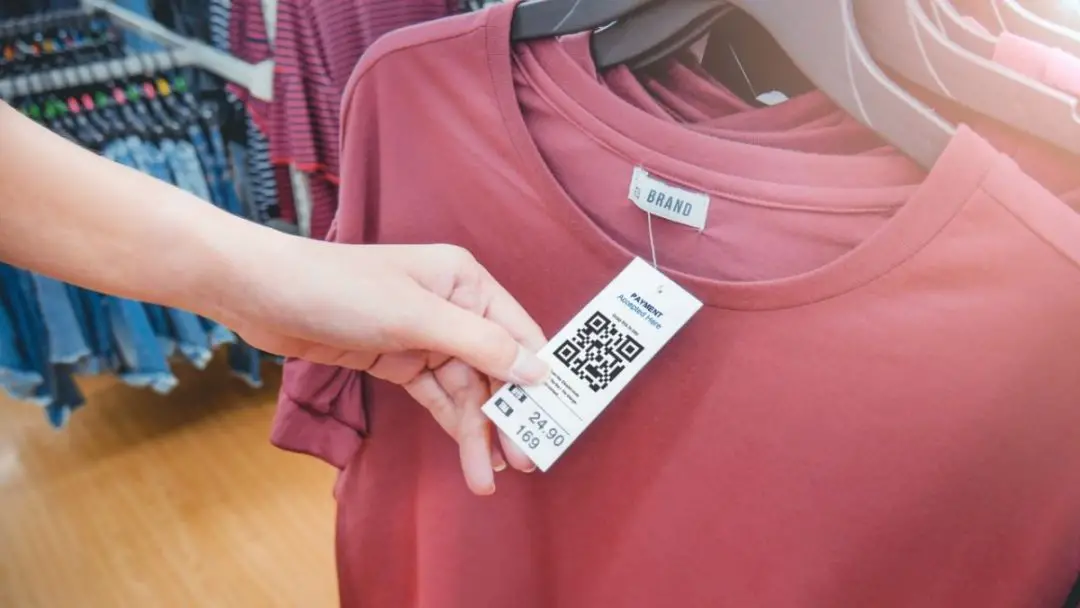
Whenever you buy new clothes, there is often that moment when you realize that the plastic holding them to the clothes is too strong and you need something sharp to remove the tags. Lucky for you, pocket knives are great for removing price tags from clothing as well as any other pesky size tags that can be irritating.
There are two types of tags that you will commonly run into on clothing; ones are sewn into the seam that often displays the size of the clothing and ones that are attached using a string or plastic wire that are often found on new clothing and display the maker, size, and price. For tags that are sewn into the fabric, just cut them as close as possible without hurting the clothing. And for tags that are attached using plastic or string, a simple slice should remove them forever.
6. Removing a Splinter
Sometimes, if you have been outdoors or happened to grab the wrong wooden broom handle, there are splinters that are just too deep to work out with your fingers and won’t come out on their own. These pesky little pieces of wood or other material can be very irritating and can even cause some pretty substantial pain so it is important to remove them as soon as possible.
Of course, I have to recommend that you go to a doctor if you really can’t get a splinter out or if it is causing you a lot of pain. However, for the splinters that are so close to coming out but just need a little extra push, the tip of a pocket knife can often do the trick. Just make sure to be very careful and use some common sense before using a pocket knife to remove a splinter.
7. Cutting Rope
While it might seem a little bit basic, using a pocket knife to cut some rope is one of its best strengths and one of the most useful reasons for having a pocket knife. It’s almost impossible to predict when you will be needing to cut a piece of rope on a daily basis because it seems like an obscure and rare task, but it actually comes in handy more than you would expect.
Depending on the size and thickness of the rope that you are needing to cut, cutting it with a pocket knife might be a simple and quick task or could prove to be quite difficult. For larger pieces of rope, using a slashing motion and periodically turning the rope will often yield the best results. If you need to cut a smaller piece of rope, often a couple of little slashes will get the job done just fine.
8. Cutting Zip Ties
Zip ties are really handy, and once you start looking around for them you tend to realize just how widely used and versatile they are. But while they are extremely useful for tying or securing things, they are nearly impossible to break with your bare hands. If you run into one and you don’t have your pocket knife with you, you are in real trouble because they are really tough.
Even for a pocket knife, cutting a zip tie is pretty hard work and you might have to work at it for a minute to get through it. The best way that I have found to get through a zip tie is to use a sort of sawing and slashing motion in a simple spot until it is weak enough to break with your hands. This is not the best way to use your pocket knife because it could harm your blade, but it will get through a zip tie and if you don’t do it often you should be just fine.
9. Adding a Hole to a Belt
Whether you spend time trying to choose a belt from the store that will fit you perfectly or not, you are bound to sometimes need an extra hole to make the belt a little bigger. This is a super common occurrence, and luckily it is really easy to do with a pocket knife.
To add an extra hole your belt, place the belt on a flat surface and position your knife vertically in the spot where you want another hole. Slowly, spin the knife until it punches through and makes a hole through the best. Depending on what material the belt is made of, you might need to continue spinning the knife blade in the hold to make it bigger or you could just wear the belt and the hole will stretch out a little.
10. Cutting Loose Threads
You often realize it at the most awkward and annoying times, but there is just no getting around having a loose thread on your pants or shirt at some point. We have all probably tried at some point to just pull the thread, but it ends up just unraveling and making a big mess. Luckily, a pocket knife is perfect for solving this problem and cutting loose threads cleanly and easily without making a large mess.
Wherever you are, when you notice a loose thread on your clothing you can cleanly and effectively just cut it off using your pocket knife without creating any type of mess. The best way to cut loose threads with a pocket knife is to hold the thread as taut as you can without unraveling the cloth and cut it as close to the piece of clothing as you can.
11. Opening a Key Ring
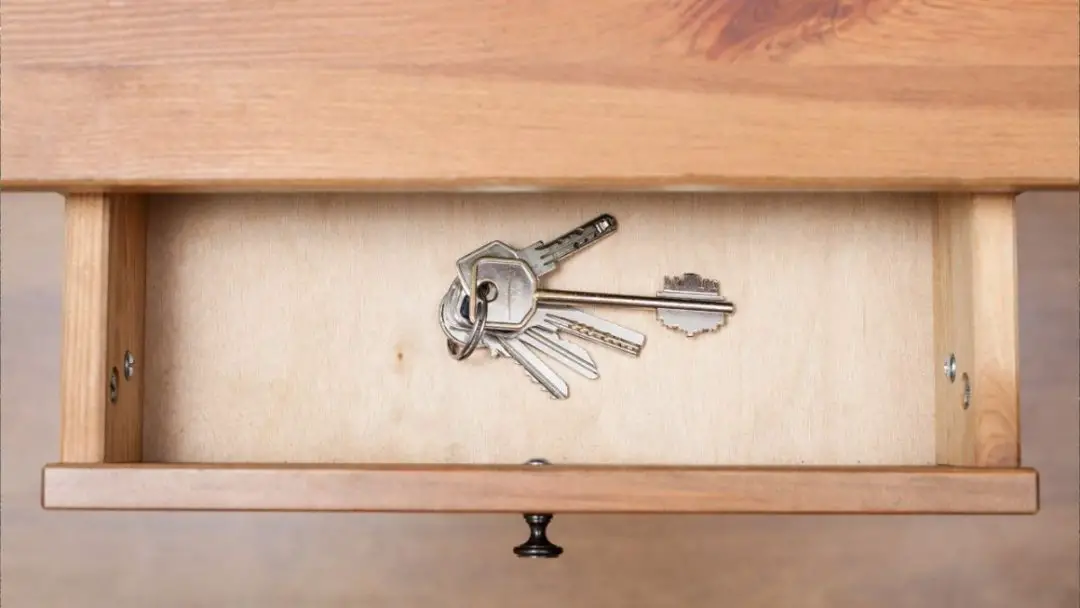
Almost everyone has more than one key to keep track of and use regularly, and the most popular solution for keeping all your keys together is a key ring. While there are many key ring designs, one of the simplest and most popular designs is a metal wire that is tightly coiled and you slip your keys onto one of the metal wires and pull it through the coil until it is secured in the middle.
The problem with this popular design is that it is a real pain to get your keys out of the coil if you want to move them or take them off of the key ring. To easily remove keys from a key ring, simply work your pocket knife blade in between the wire coils until they are separated enough so that you can easily slip your keys out of the key ring.
12. Cutting Tape
Sometimes when you tear a piece of tape off of the role, it doesn’t tear straight or it catches in the material and tears vertically down the middle of the strip. Depending on what type of tape it is and what material it is made of, this could be a big issue or a very minor one.
Regardless, you can cut tape with a pocket knife instead of tearing it so that you can reliably get a straight edge and there are no more uneven edges and annoying vertical tears on your roll of tape. Simply pull off as much tape as you need from the role and hold the end of the tape tightly so that it is taught. Take your sharp pocket knife and make an even cut through the tape. Making the tape as taut as possible helps you make the cut easy and very straight.
13. Opening a Bottle
Not everyone carries a bottle opener wherever they go, so it is a good idea to have a second method for opening a bottle. Luckily, you can easily pop off the cap of a bottle using your pocket knife. While it might take some practice to be able to do it consistently and fast, it is pretty simple invaluably useful to know how to do.
To open a bottle using your pocket knife, hold the bottle down on a flat surface with your non-dominant hand and hold your knife in your dominant one. Using the back of your pocket knife blade, position it under the edge of the bottle cap and turn your blade upward quickly. Turn the bottle a little, and do this again all around the bottle until the cap is loose enough to remove with your hand.
14. Opening Letters
Cleanly and efficiently opening a letter is a great thing to be able to do and minimizes the risk of tearing the contents of the letter when you open it. Instead of running to the kitchen for a knife or just ripping the letter open, you can use your handy pocket knife to neatly open any letter.
There are really two methods for opening a letter: cutting the top or cutting the seal. To quickly open a letter, hold it in your non-dominant hand and insert your knife blade into the top of the envelope. Slowly cut the top of the envelope open. Another method is to insert your knife blade under the flap on the back of the envelope and use your knife to break the seal holding it closed.
15. Prying Out Batteries
Sometimes you have a gadget that requires batteries to operate, but they just won’t come out when you have to replace the batteries. This can create a big headache and possibly some broken fingernails, but luckily you can use your pocket knife to pop almost any batteries from their compartment with ease.
To take batteries out using your pocket knife, just place your blade between the batteries and the compartment. Then, slowly and carefully pry the batteries out by turning your knife and trying to wiggle the blade underneath the battery. Take it really slowly so that you don’t puncture the batteries or chip the edge of the battery compartment with your knife blade.
16. Cutting Gum Out of Carpet
If you have ever lived in a house that has carpet flooring, you can attest to the nightmare and headache that happens when the sticky stuff gets caught in the carpet. No matter how it got there, sometimes there are no other options but to just cut it out. While it can depend on how shaggy the carpet is, this can often be done quite easily with a pocket knife.
To remove gum from carpet flooring using a pocket knife, using a paper towel, grab the gum with your non-dominant hand and have your knife in your dominant one. Pull up on the gum that is stuck in the carpet and cut the carpet strands underneath it with your knife until it is free. Try to cut as close to the underside of the gum as possible so that you don’t create a huge short patch in your carpet.
17. Opening Clamshell Packaging
The ultimate headache when it comes to product packaging, clamshell packaging can be nearly impossible to open and you often just want a simple way to get to your item that is encased in this nightmare. One of the most reliable and easiest ways to open clamshell packaging is by using a pocket knife.
There is no “right” and “wrong” way to open clamshell packaging with a knife, but there are some simple methods to help you do it faster and easier. My personal favorite way to open clamshell packaging is by putting my knife blade horizontal and running it along the edge of the clear bubble part of the packaging that holds the product. It gets really bad when your new knife comes in clamshell packaging.
18. Loosen Knots
There are always those instances where you have a piece of rope with a really tight knot in it that you need to be removed but you just don’t want to cut the rope or break your fingernails to loosen the knot. Luckily, you can easily loosen nearly any knot using your pocket knife and it is super convenient and fast.
To loosen a knot in a rope using your pocket knife, you’re going to want to tightly hold the knot in your dominant hand and your knife in your other hand. Wiggle and work your knife blade in between two pieces of rope in the knot and leverage your knife to slowly loosen it up until you can work the knot out with your fingers. Loosing a knot with a pocket knife can be super easy or very hard depending on how complicated and tight the knot is.
19. Making a PB&J
There are times when you just want a really quick and simple lunch or snack, and peanut butter and jelly sandwiches are usually the perfect solution. A crucial part of making a PB&J sandwich is spreading the peanut butter and jelly on the bread, and a pocket knife is absolutely great for this. This same concept could also be applied to basically any type of sandwich where there is an ingredient that needs to be spread.
To make a peanut butter and jelly sandwich, take two pieces of bread and, using your pocket knife, spread peanut butter on one piece and jelly on the other. Slap the two pieces of bread together and cut in half for a nice little snack. Using a pocket knife to prepare a PB&J doesn’t dramatically alter the way you make a sandwich, but it makes it easy and convenient if you carry a pocket knife around with you.
20. Cut Flower Stems
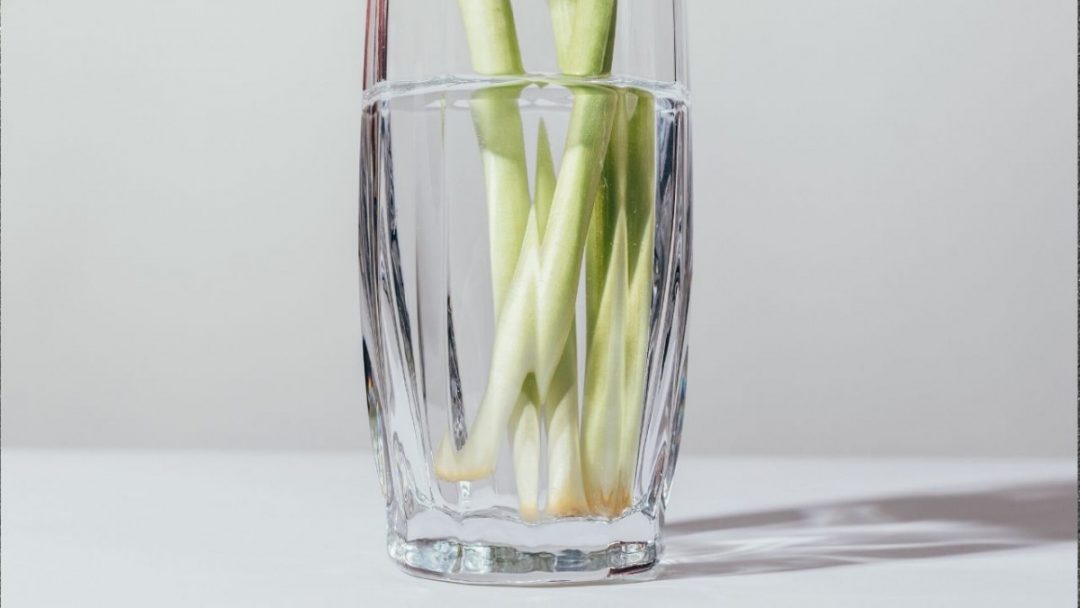
If you don’t have flowers in your home often, you might not know that cutting the ends of the stems helps them absorb water and stay bright and colorful for the longest time possible. This is a great thing to do to any flowers that you keep in a vase or at your home so that you can enjoy them for longer. Using a pocket knife to cut the ends of flower stems can be easily and conveniently done using a pocket knife.
To cut the ends of stems with your pocket knife, place your flowers on a cutting board and make sure that your pocket knife is nice and sharp. Next, cut the ends of the flower stems at a diagonal so that there is a large cut surface area for water intake and you are good to go.
21. Loosen Salt in Shaker
Salt in a salt shaker can sometimes be exposed to a low amount of moisture and form into clumps. This prevents the salt from making it out of the holes at the top when it is used and can be very frustrating. Luckily, you can easily fix this with your pocket knife so that the salt comes through the holes and isn’t all clumped together anymore.
Simply, take off the lid of the salt shaker and put your pocket knife blade into the container with the salt. Turn your blade in small circles and from side to side to break up the clumps of salt in the shaker. Make sure that you clean your knife very well before you do this so you don’t contaminate the salt, as well as after you do it so that the salt doesn’t ruin or mess with your pocket knife.
22. Peeling Off Stickers
Whether the stickers are on your water bottle, refrigerator, or almost anywhere else, you sometimes don’t want them there anymore but they are very sticky and won’t come off easily. Using your pocket knife, you can remove most stickers from almost any surface with a simple technique.
Place your knife blade flat against the surface where the sticker that you want to remove is located, and work the blade up under the edge of the sticker. Keep moving and pushing on the knife blade until it is well underneath the sticker and you can remove it and peel the rest of the way with your fingers. Be aware that you could potentially scratch the surface when the sticker is located so be careful and take it slowly.
23. Paperweight
While this might seem like a really obvious way to use your pocket knife, using it as a simple paperweight can be quite useful at the most unexpected times. Whether you are just at your office desk or sitting on a park bench, having a paperweight can keep a stack of papers from flying away when there is a burst of wind or when the air conditioner turns on.
To use your pocket knife as an effective paperweight, you simply place it on top of the stack of papers that you want to hold down. I know right? A really novel idea. But seriously, you could also use the clip on the back of many pocket knives to hold smaller stacks of papers together.
24. Breaking Down Boxes
Many things come in boxes and cartons and they are often too large to fit in the recycling or trash once we are done with them, that’s why its great to know how to break down boxes so that they are small and manageable. A pocket knife does the trick very well and can effectively and quickly break down a box with only a few cuts.
There are many different designs and styles of boxes and cartons that you might run into, but they are all pretty simple to break down with some practice. To break down a standard cardboard box with a knife, simply cut all of the packing tape on the top and bottom that is holding the flaps together and fold to the side. Next, fold it as many times as you can until it is nice and small so that it will fit in the recycling or trash can.
25. Entertainment
While this might seem a little strange to someone who doesn’t have a pocket knife, all of us who own and use one know how fun and entertaining they can be. While a pocket knife’s main purpose is to be practical and help you complete tasks, they can also double as a sort of fidget toy and can be quite entertaining when they need to be.
Whether you are just watching a movie at home or waiting for someone to get out of the bathroom, opening and closing your pocket knife or rubbing it can keep you entertained and give your hands something to do. Make sure not to fidget with your pocket knife in public because some people are sensitive and do not feel safe while someone is flicking a pocket knife around. Just respect others.
